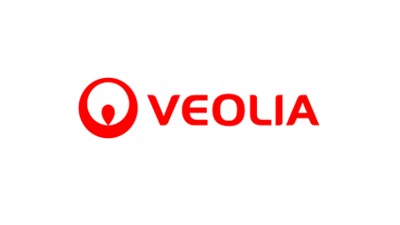New York’s Submetering Standard Cuts Costs For Property Owners

Property owners in New York are under pressure to update their properties’ metering systems. But the city's push toward better energy and water management could lead to improved operating efficiency and money saved.
When many of New York’s office buildings were constructed in the 1950s and 1960s, contractors installed single master meters to monitor electricity, gas, water and other utility usage throughout the building. The resulting bill charged tenants a standard rate based on the amount of space they rent, regardless of their actual consumption.
While this model worked when electricity costs were cheaper, some tenants will always use more energy than others. Submeters account for the difference and provide a fairer assessment.
Local Law 88 requires nonresidential New York City buildings with floor plates 10K SF or larger to install submeters that will track and manage each individual tenant’s energy consumption by 2025. Building owners must provide tenants with monthly statements showing the amount of electricity measured by the submeter and the amount charged for their usage.
Commercial buildings spend $107B annually on energy costs. This law not only pushes owners to use accurate billing and real-time data, but also opens the door for tenants and landlords to collaborate on their building’s energy-efficiency initiatives.
Access to more robust data on energy use allows property managers to monitor which processes, utilities and tenants are consuming the most power and identify what is causing electrical bills to rise. Submeters can continually push data to online management systems, generating in-depth reviews of energy use. The systems consolidate management and billing in one place.
Facility managers can use submeter readings to understand how and where energy is consumed. Tenants also have access to accurate information about their actual usage rather than estimates. The more data the meter tracks, the better managers can enact conservation initiatives and commit to reducing consumption while involving tenants in the process.
According to a recent SolarCity survey, 72% of consumers want to learn more about sustainability initiatives while 49% are motivated by financial incentives. Having information on hand and in real time educates tenants on how they are consuming energy, and makes them more willing to work with management to become more efficient.
“It creates transparency. It empowers tenants, now that they have data into their own space,” Veolia Vice President of Business Development Lou Schoen said. “It empowers tenants to do things on their own or in collaboration with the building manager.”
While submeters provide an accurate way to track consumption, installing a submeter incorrectly will lead to inaccurate data and billing. An improperly designed and installed submetering system could even track usage for the wrong tenant. SourceOne, an energy consulting division of Veolia North America, works with owners to develop and commission submetering systems based on their specific goals and conservation programs.

Implementing a submetering program starts with a building assessment. At SourceOne, consultants review the tenant configuration and building blueprints, and look to see where electricity consumption can be improved.
While some owners use meters to track consumption behaviors over time, others opt for meters that focus on cost recovery. By ensuring the accurate collection of utility revenue from each tenant, landlords turn the metering system into the building's cash register. Properly calibrated meters viewed this way can have greater returns on investment over time.
Submeters can also be used to track consumption behavior.
“Consultants can help determine what technologies will meet requirements while also delivering the most value,” Veolia Manager of Energy Management Alex Janes said. “For example, there are certain cases where you can monitor over eight spaces with one multichannel meter versus eight single channel meters. The same concepts apply to how you approach designing remote network infrastructure.”
SourceOne manages 15,000 meters on a monthly basis across the nation’s largest Class-A properties and mixed-use campuses. Analysts, account managers and field engineers interact frequently with metering clients not just to provide a centralized billing and energy management system, but also to ensure that any changes to the building's metering system are seamlessly managed. This partnership gives owners visibility into a library of leasing rules and agreements, supply contracts and utility rates, providing them with the most up-to-date information.
“We try and always make sure that we are only giving what they need or what they might need in the future and trying to design it in a flexible, cost-effective way,” Schoen said.
Laying a foundation for flexible and robust submeter infrastructure is the first step. The second is utilizing the data. Platforms like SourceOne’s EMsys, a digital utilities management system, allow buildings to generate reports from facility energy data, management systems and utility invoices across an easy-to-read interface.
Users can easily make changes to their efficiency plans and look for further savings and conservation opportunities. From hospitals to hotels, commercial buildings of any asset class can benefit from EMsys and recover millions of dollars in utility costs.
As New York City continues to enact initiatives to reduce energy consumption and the carbon footprints of commercial buildings, approaches like advanced submetering programs offer a way to always stay informed of a property’s efficiency.
To learn more about this Bisnow content partner, click here.

